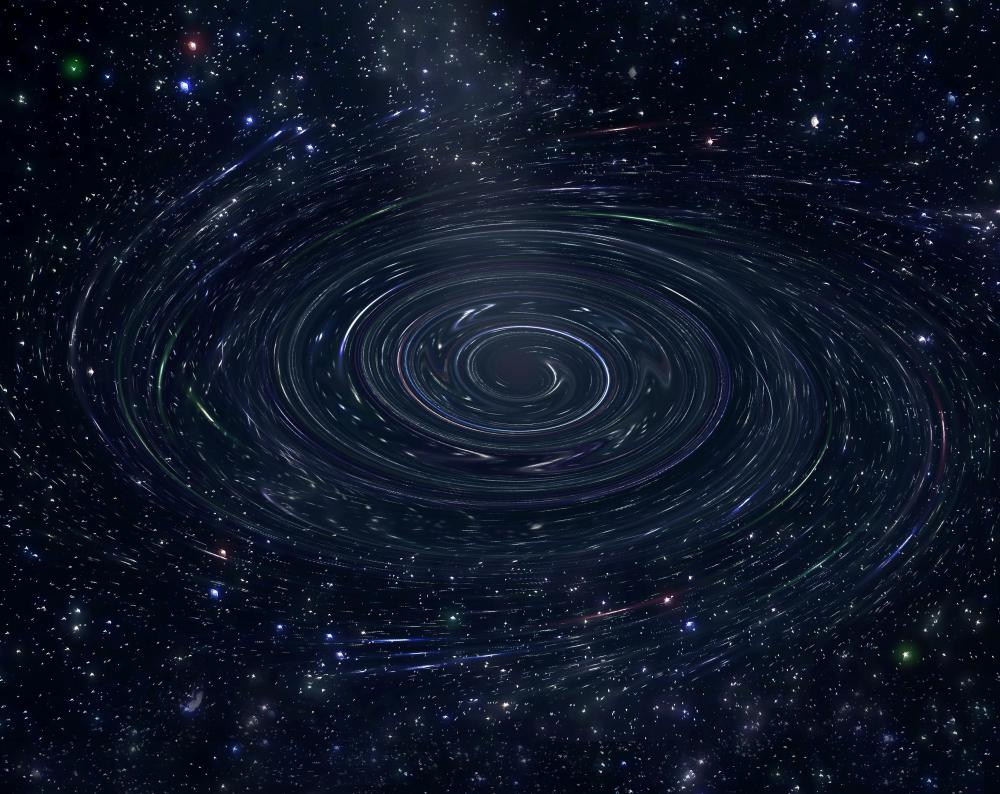At WiseGEEK, we're committed to delivering accurate, trustworthy information. Our expert-authored content is rigorously fact-checked and sourced from credible authorities. Discover how we uphold the highest standards in providing you with reliable knowledge.
What are Supermassive Black Holes?
Supermassive black holes are gravitational features located at the center of many galaxies, including the Milky Way. Supermassive black holes can be thought of the galactic sun: in the same way that planets in the solar system orbit the Sun, the 200-400 billion solar systems in the Milky Way orbit the central black hole. Supermassive black holes contain between 105 and 1010 (hundreds of thousands and tens of billions) solar masses.
Our galaxy's supermassive black hole is suspected to be a within compact object called Sagittarius A*, which contains 3.7 million solar masses within a volume with radius no larger than 6.25 light-hours (45 AU) or about 4.2 billion miles. In comparison, Pluto orbits the Sun at 5.51 light-hours or 3.7 billion miles.

Theoretically, it is possible that the Sagittarius A* region contains more than one supermassive black hole. If so, they will combine to form one object in less than 100 years. Sometime around 2015-2025, the technology of astronomical interferometery will make it possible to directly image the event horizon of Sagittarius A*.
In very distant galaxies, astronomers observe the process of supermassive black holes being born. These galaxies are called active galaxies, and may release energy equivalent to hundreds of average galaxies combined, with the luminosity of one trillion suns. Quasars are a type of active galaxy, and they are among the most distant objects astronomers can detect. Another are blazars, which are among the most violent phenomena in the universe, converting the mass of 100 suns into a relativistic beam of radiation every year.

At least 30 suspected supermassive black holes have been observed in other galaxies besides the Milky Way. Supermassive black holes are part of an unsolved problem in astrophysics: where are the intermediate-mass black holes? Numerous stellar-mass black holes are known, with masses ranging from 1.44 solar masses to 14 solar masses. These are formed when the cores of massive stars can no longer support their own weight and form a gravitational singularity. There are a couple candidate phenomena for intermediate black holes, but none are definitive as of this point.
AS FEATURED ON:
AS FEATURED ON:













Discussion Comments
could it be possible that these "super massive black holes" were Created by a star far bigger than a hypergiant? or is it created by the immense pressure of the rotating galaxy.
also there appears to be a dim quasar in the center of our galaxy shining more evidence on this subject.
Post your comments